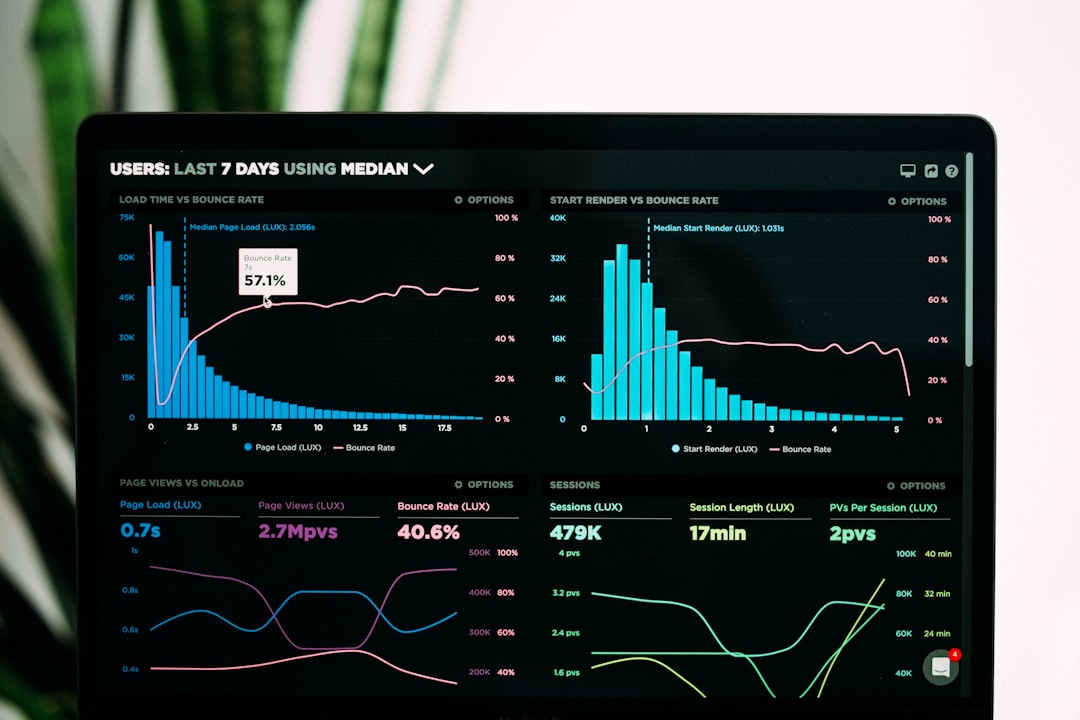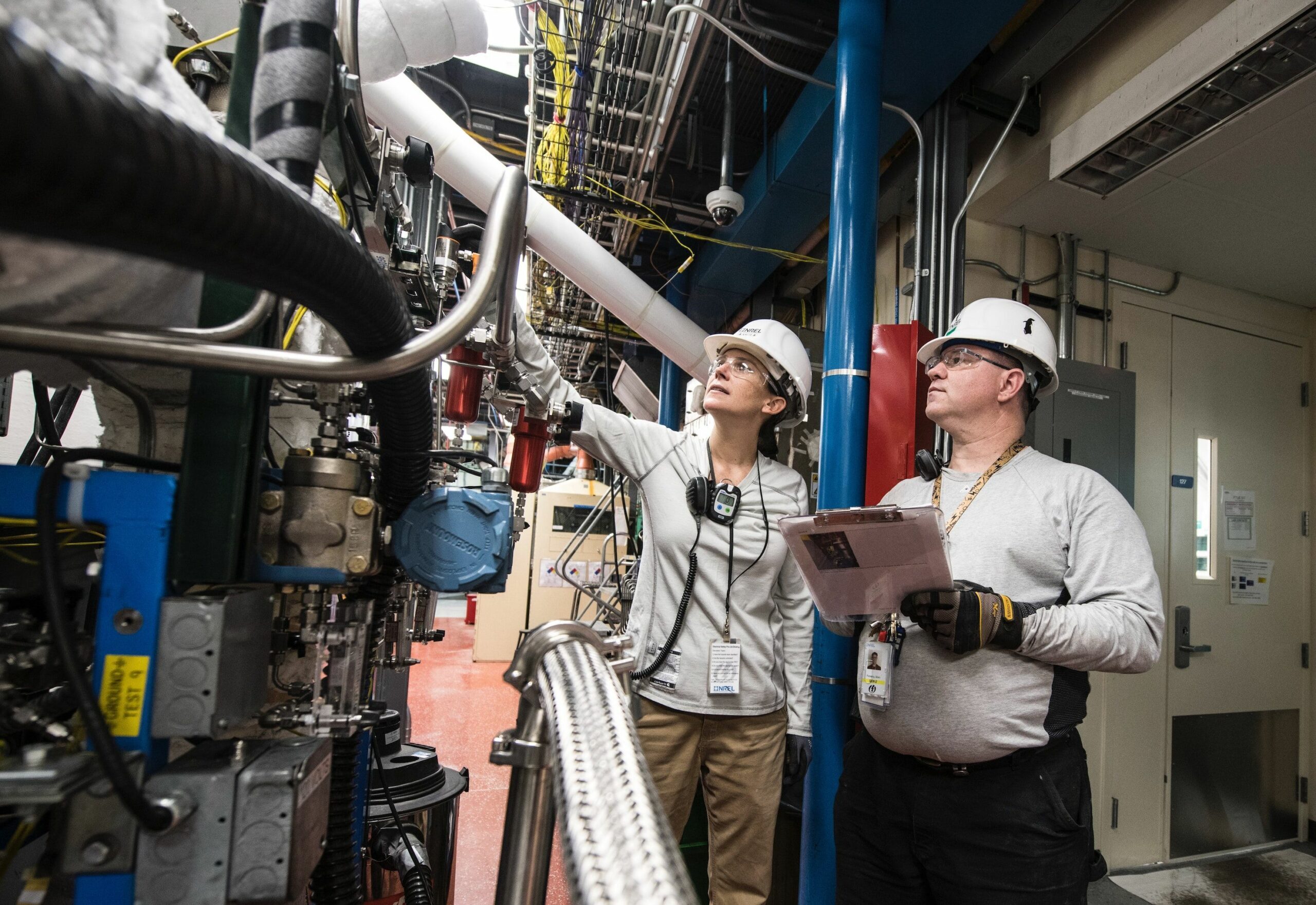Data is perhaps the most valuable resource there is for a modern business in the digital world, but there are still so many organizations that don’t know how to utilize it to its full potential. When data is used as well as it can be, you’ll be able to develop the products your customers actually want, improve business processes all around, provide better customer support, and much more. The thing that can make data difficult to handle is that, for many organizations, it’s still being kept in separate, siloed digital solutions. You might have a customer relationship management solution, for example, that’s kept entirely separate from your sales team’s software. If you were able to share datasets between these varied data sources, you might find ways for the sales team to improve their approach based on existing customer data.
Data virtualization can assist with this and many other processes. Put simply, data virtualization software provides a data layer that lets users access, transform, and even combine datasets, all with high speeds and cost-effectiveness. Users can pull data from traditional databases, the cloud, and even big data sources without the need for the traditional extract, transform, load (ETL) process. Here are some of the greatest advantages that come with data virtualization.
1. You can easily modernize data structures.

Enterprises that want to stay relevant in the future need to embrace digital transformations, and solutions like TIBCO data virtualization make this process more convenient than ever. Legacy systems that keep data in silos are falling out of favor because they require their data to be copied and shared manually, a process that’s both prone to error and time-consuming. TIBCO virtualization lets you transform your datasets into a common form that can be understood by all of your solutions, meaning that they can all share data with each other automatically. This way, you can easily categorize all of your data and find hidden patterns that would have gone unnoticed otherwise.
2. You can analyze data more efficiently.

With an enterprise data virtualization solution, you’ll be able to automate your data analysis process and even produce easy-to-understand data visualizations. Automated data analytics are great, especially when they can give continuous updates in real-time, but if you’re not a data scientist, it will be difficult to make sense of the information the system gives you. With automated visualization, such as charts, graphs, and maps, you’ll gain rapid actionable insights.
For example, if you ran an electronics store and were curious about the sales of your refurbished laptops, you could get relevant visualizations in seconds. You could even break the sales down into categories by brand or model, such as Dell laptops, Lenovo devices, or HP ProBook. You could take things a step further by splitting items by their components, such as an Intel Core or how many GB of memory each product has. Such information can help retailers decide which products to continue stocking and identify weak links in the chain.
3. You can use developmental resources to their full potential.

Since virtualization automates the data transformation process and makes it easy to integrate your systems without having to build new solutions from scratch, you can focus your development processes to where they’re really needed. The development team can get to work studying currently available data to find areas where the business could be improved and use this interconnected data to gain fresh insights to develop tools more relevant to your needs. One example could be finding ways to improve the customer experience by expediting their process from the moment they visit your site to completing the check-out process.
4. You can boost supply chain efficiency.

If you manufacture your own products, a data virtualization solution allows your manufacturing floor supervisors to create virtual copies of the factory floor that they can make adjustments to in order to find ways to boost operational efficiency. These virtual copies will receive data from sensors on the real floor that can be used to simulate new operations. Even if you don’t manufacture your own products, you can still use data collected by IoT devices to monitor delivery times and inventory to find ways to improve routes, manage inventory more effectively, or even conduct predictive maintenance.
Of course, these are just a few of the known benefits. New use cases are emerging all the time from accelerating onboarding processes to creating virtual data warehouses.


Users can pull data from traditional databases, the cloud, and even big data sources without the need for the traditional extract, transform, load (ETL) process.
B.S.! (and not Bachelor of Science)
.
If you are combining data from heterogeneous data sources you have to do ETL. What your virtual data layer does is eliminates the need for per project ETL. The ETL is done up front to provide the data to the virtual data layer. The ETL is done once for virtualisation, then the product is used by all subsequent reporting projects. The new project retrieve data from the Virtual data layer.
But, no matter how you do it, if you are retrieving data from 2 databases, the data has to be extracted from the source databases, transformed into a common data type and size and loaded somewhere for use.
.
Examples:
If you have a date in one DB in “US” format and in another DB ins “European” format, they have to be transformed into the same format.
.
If you have a Name field in multiple DB’s it will have to be harmonized, “transformed” into a common length (usually the longest). But beyond that someone is going to have to invest time to do data validation and cleaning. Is “John Smith” in DB “A” the same person as “Jon W. Smith” in DB “B”? Which is DB right, which DB gets updated to match?
What’s the next logical step?
Migrate all of your data in the common “virtual data lake”, eliminating the separate data silos.
Use an API to access the data lake instead of separate proprietary data base silos (data pools) …
.
Sounds like the VM tool you mention is not actually loading the data anywhere, but it is providing dynamic access to harmonized/transformed data.
.
The “Data Virtualisation” you are pushing just does a single ETL process for the virtualisation project, up front. I agree, this is a good thing since each project does not have to re-invent the ETL wheel, saving time and money on subsequent uses of the data.